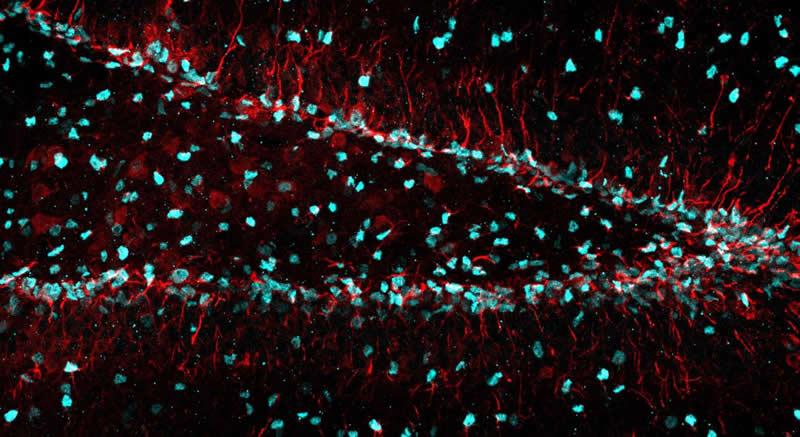“At the moment, the YITU “Coronavirus Chest CT Smart Evaluation System” can compress the diagnosis of suspected cases to 2–3 seconds. The company also designed a chatbot doctor that can help the public with self-diagnosis through Q&A and recommend nearby hospitals and appointment booking services.”
An article published in medical journal the Lancelet on February 25 finds that reduced medical resource levels will trigger a spike in the coronavirus death rate in the local population beyond the current estimates. The study shows that death rates are over 3 percent in Wuhan city, 2.9 percent in Hubei province, while only 0.7 percent across the rest of China.
Close to 30,000 medical staff from across China have been dispatched to Hubei province to help overworked local medical professionals in the fight against COVID-19. Fast and accurate diagnosis is critical on the front line, and now an AI-powered diagnostic assessment system is helping Hubei medical teams do just that.
Currently, CT lung scans and nucleic acid tests are the two main diagnostic tools doctors use in confirming COVID-19 infections. CT imaging is crucial for diagnosis verification, and also allows doctors to access lung infection severity.









